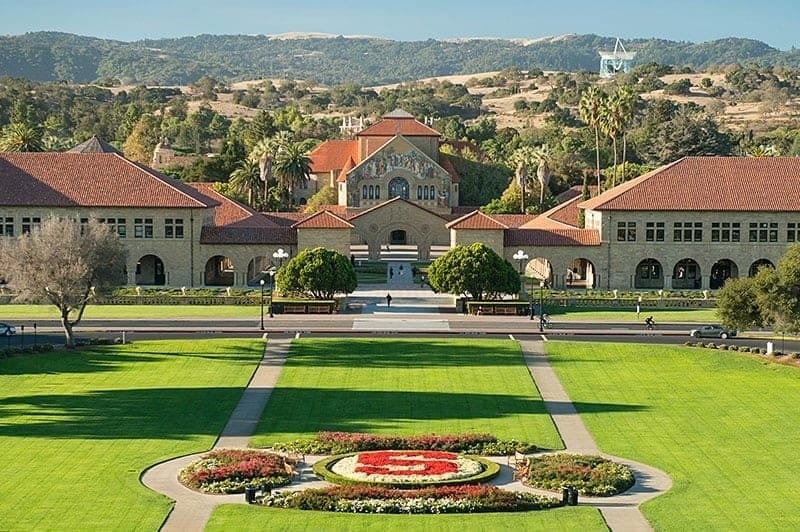2019 Admissions - Highly selective colleges
2019 most selective colleges and acceptance rates in 2021
Mining further into the 2019 admissions cycle information just released by the Department of Education, 21 schools had admissions rates under 10%.
2019 admissions rates among elite, highly selective colleges almost uniformly declined from 2017, due to increasing applications pre-COVID. The declines are so widespread it is almost surprising to see Princeton with a very minor uptick. Two smaller colleges, Colby and Rice, showed particular tightening of selectivity with Rice wisely deciding to expand its enrollment amid this success. (We take the position that schools with under 5,000 undergraduates are at a disadvantage in a market where students prefer larger campuses. Colby and the other schools on this list with under 1,500 entering undergrads all need to follow Rice’s lead and expand stat.)
The 2021 enrollment cycle is seeing even tighter standards at the highly selective schools, as all of us are aware. With many of the schools in the 2019 Top 25 list above reporting preliminary numbers, the selectivity has reached new thresholds. The most selective in recent years, Stanford, has not yet released its rates but Harvard and Columbia admitted under 4% (!) of candidates, with MIT and Princeton right behind them.
Some schools show outsize admissions tightening this year:
Duke, which admitted 22% of applicants in 2009 and saw lower rates throughout the ensuing decade, has taken the next step. With a 4.3% acceptance rate, it is now harder to get into than Yale.
Colby again shows as a tightening leader. This school accepted 34% of its applicants as recently as 2010. It subsequently managed to increase its selectivity in the early part of the decade, with the effort continuing after the hiring of President David Greene in 2014 and Enrollment Director Matt Proto the next year. Colby bucks every evolving trend in higher ed: it is a small, rural college far away from any urban center and sits in a state where the flagship public university is experiencing significant enrollment problems - yet Colby is flourishing.
Johns Hopkins is another school that was moderately selective in the recent past (28% acceptance rate in 2009) and gradually tightened until 2019, when the rate stood at 11.2%. Its increased selectivity since has been very impressive. Johns Hopkins is now more selective than Harvard was in 2010.
NYU, the most financially successful undergrad program in the US, is not on this list but notably reported a 12.8% rate. It accepted almost a third of its applicants (32%) a mere 5 years ago in 2016. NYU’s ascent of the selectivity ladder has been breathtaking.
High application fees but low selectivity
Concluding our review of 2019 enrollment, we briefly look at schools that charge above average application fees but are either open admissions or essentially so, with acceptance rates above 90%.
Stark State, near Akron, Ohio, is a 2-year open admissions college which which charges what is essentially a $95 registration fee. The college has shown declining, below-average retention statistics in the last decade along with drooping class sizes and is among a group of struggling Rust Belt institutions in the Cleveland/Buffalo regions.
Western and Eastern Washington have never been terribly selective regional colleges, but their admissions rates have increased to the point where virtually all applicants are admitted. Western Washington, for example, has gone from a 73% acceptance rate in 2009 to 90% today, although please note that the college is actually quite successful at retaining its entering students. As yields fall and acceptance rates rise, colleges in this situation will need to re-think the point of admissions fees. With the growing automation of application processed, colleges are wise to impose some sort of toll to prevent large numbers of pro forma applications from drowning their administrative processes. But isn’t a normal level, maybe in the $30-40 range, a more sensible solution to this problem than the $60 Western and Eastern Washington charge?
The same comment applies to the fees of the open admissions colleges above, such as the CUNY campuses and Western Governors. These schools most likely impose the charge to make sure registering students are at least somewhat serious about the program. The question is finding the right level for these fees.
Ending thoughts
Incoming 2021 enrollment results when combined with long-term review of data and the 2019 data shows that the current news of application surges and low admissions rates are not as much of a dislocation as press reports make them seem. COVID is often described as an accelerant; it may play the same role here. While the 2021 admission rates declines are extreme, the trends from 2019 and before indicate that these selectivity levels would be reached, just not quite so soon.
The preceding four-part look at 2019 enrollment cycle data and how it fits into historical trends has hopefully been illuminating. The highly selective schools we focussed on in this post will flourish no matter what the situation, but the second-order impact on less selective schools - such as Bucknell and the University of Wisconsin-Whitewater, to take two examples - will be where the future enrollment and financial consequences of the Admissions Arms Race play out.




